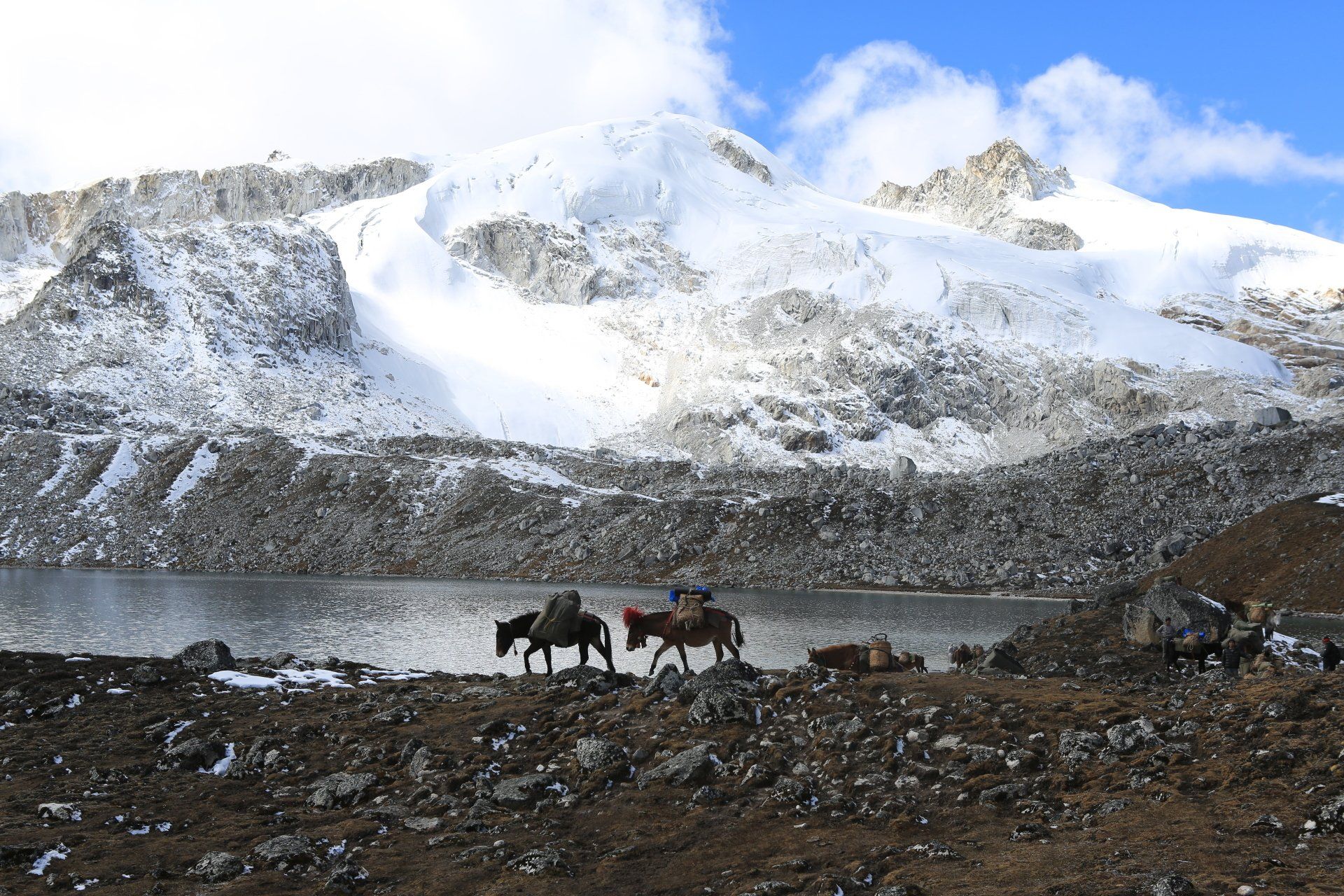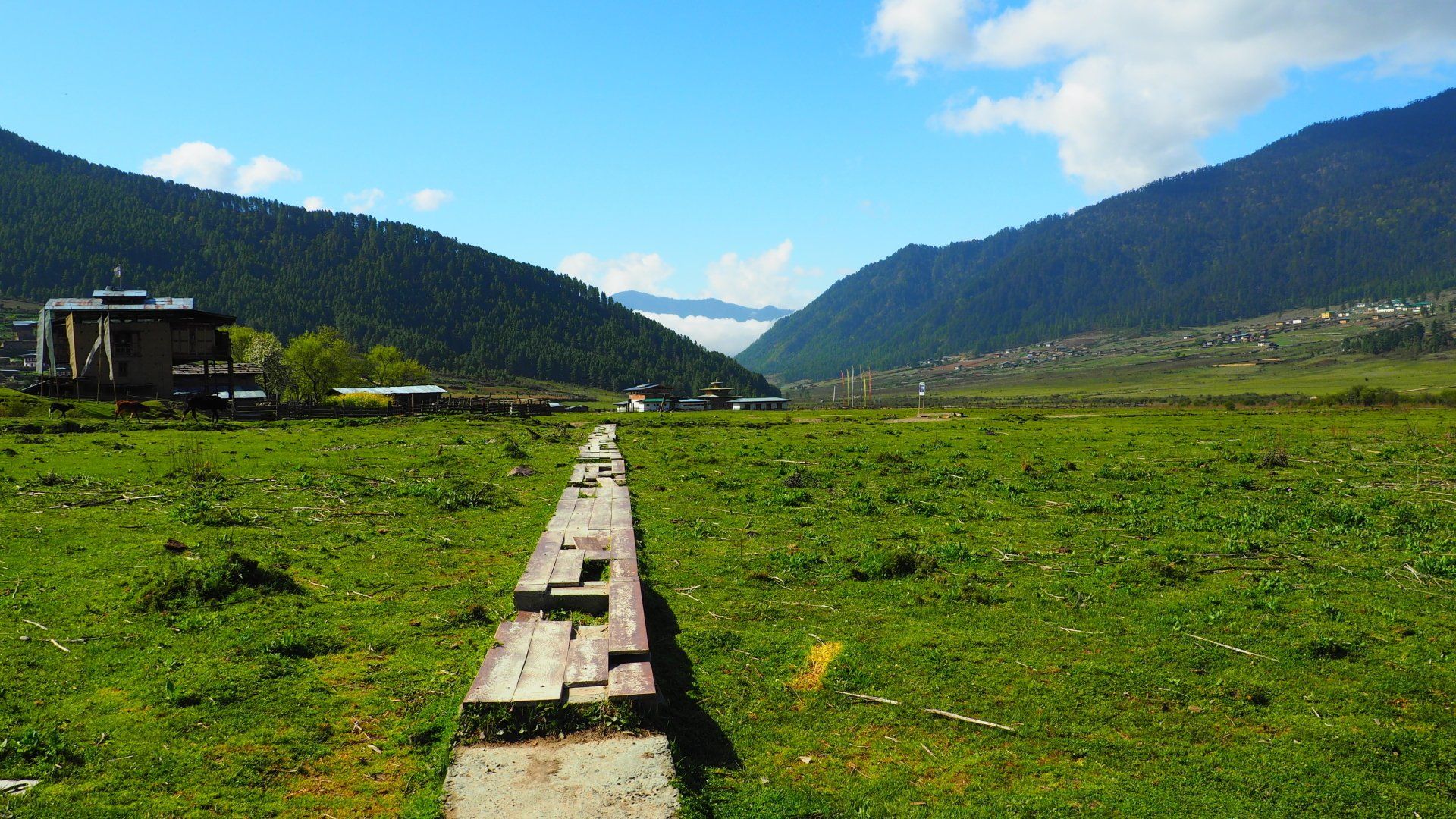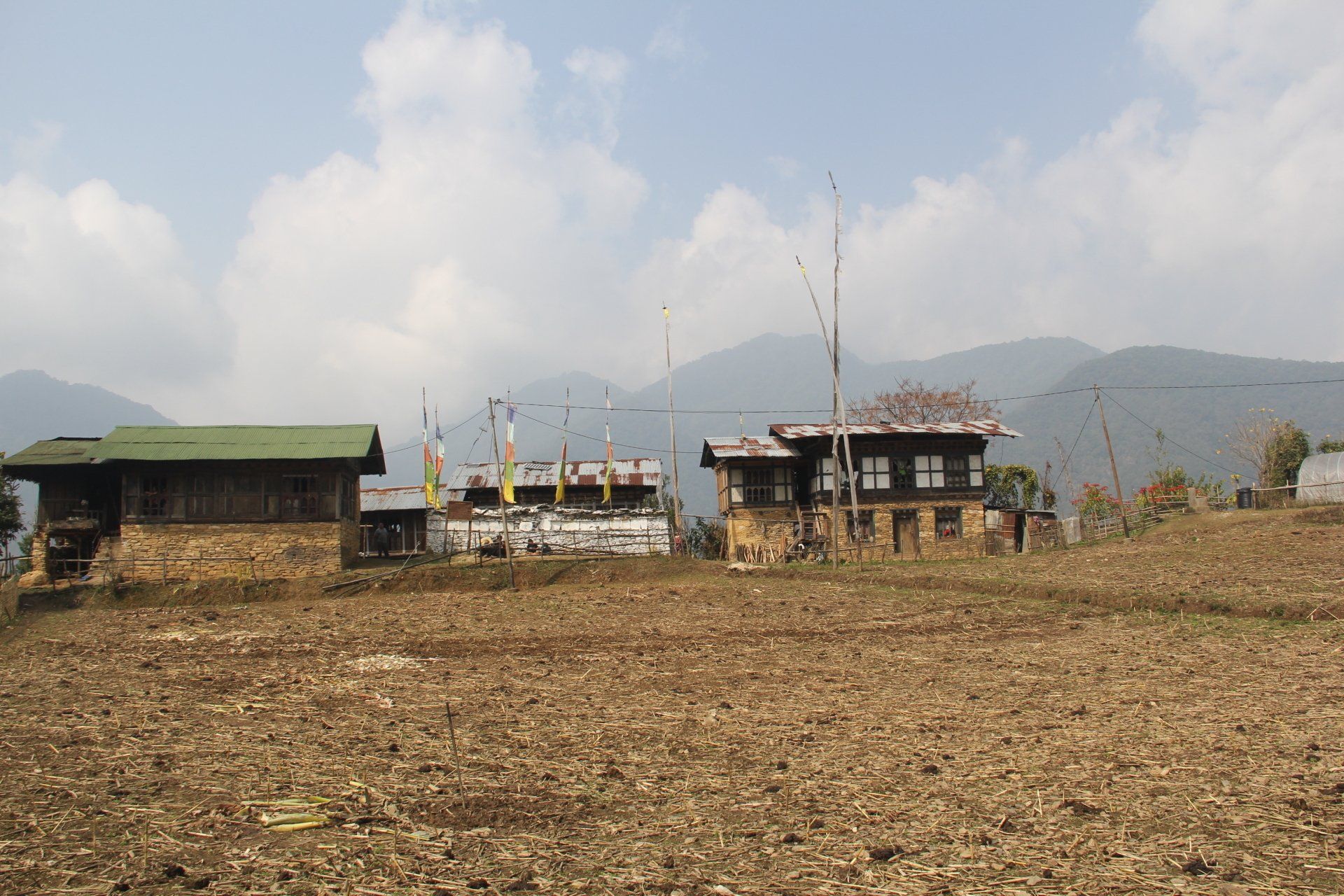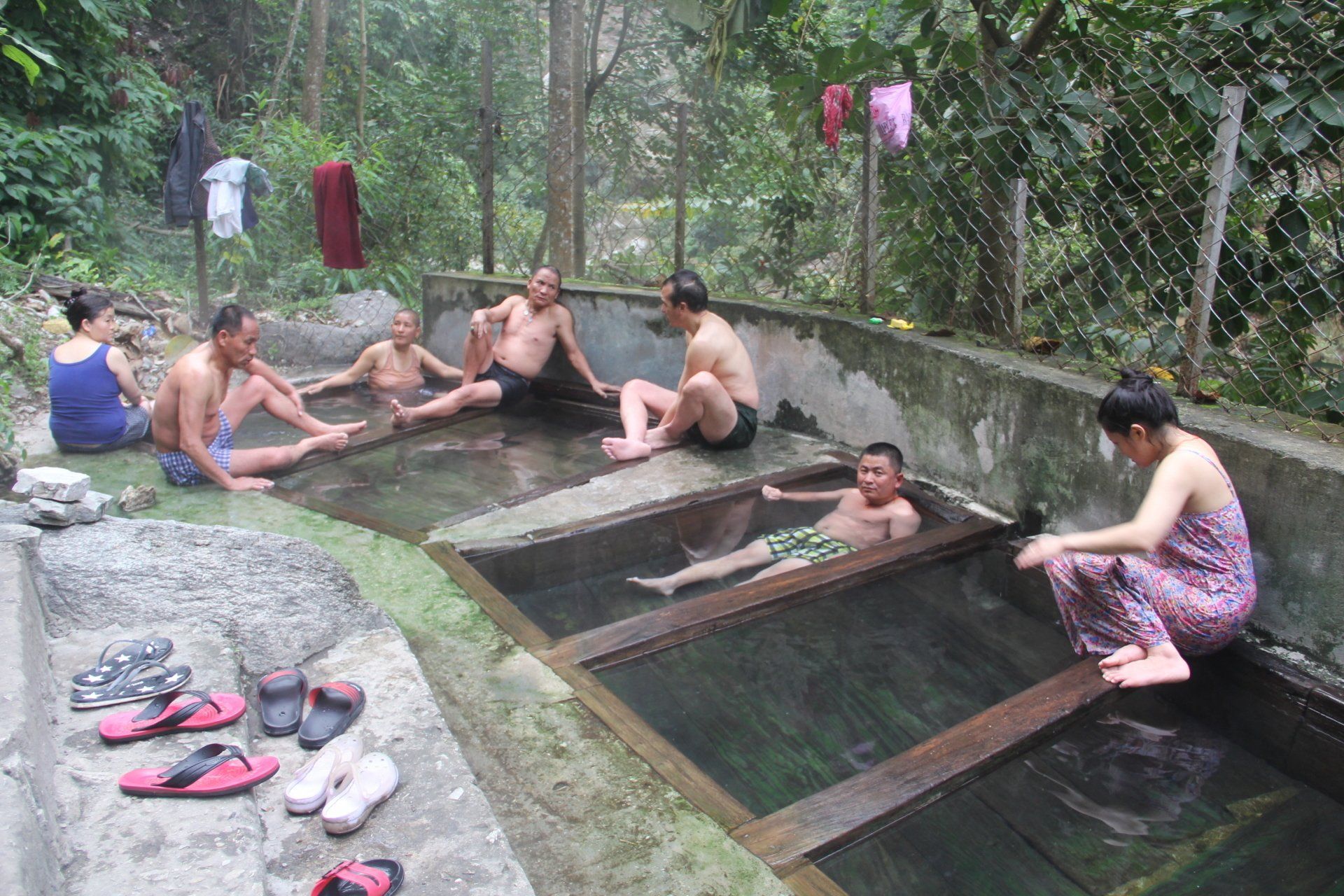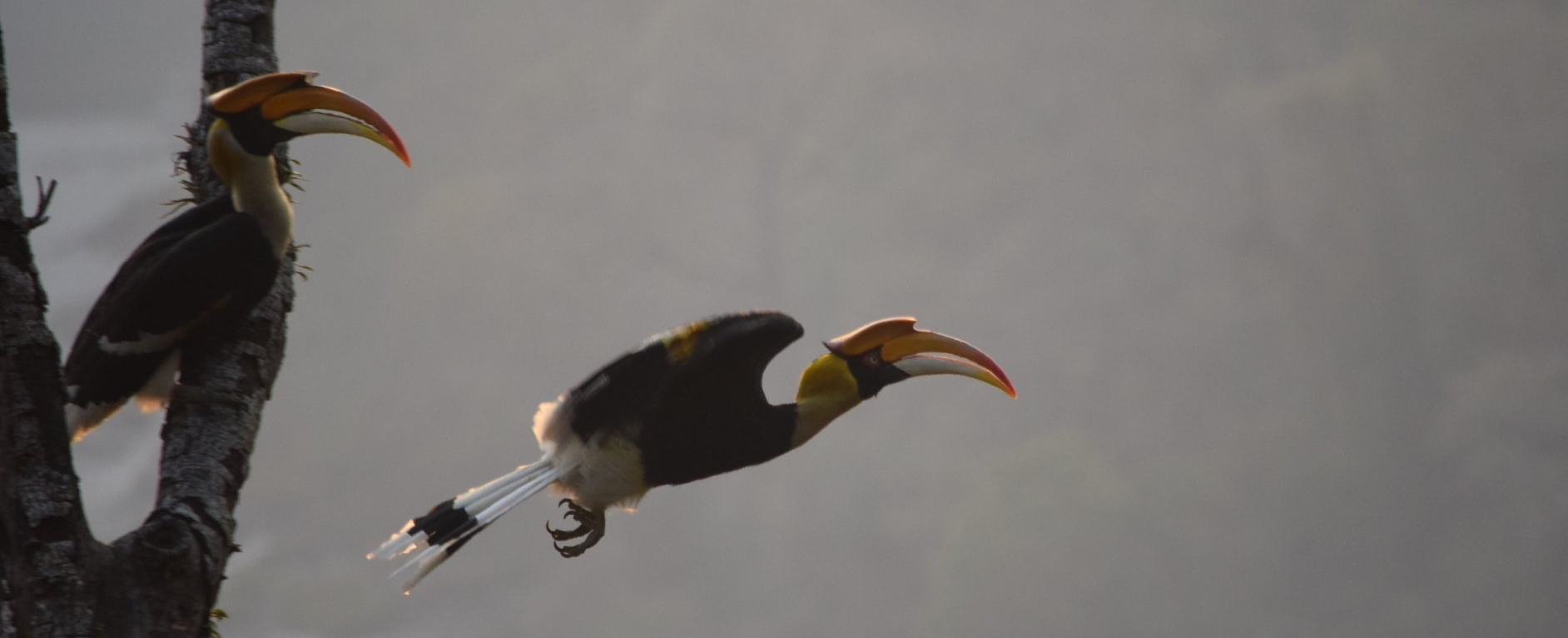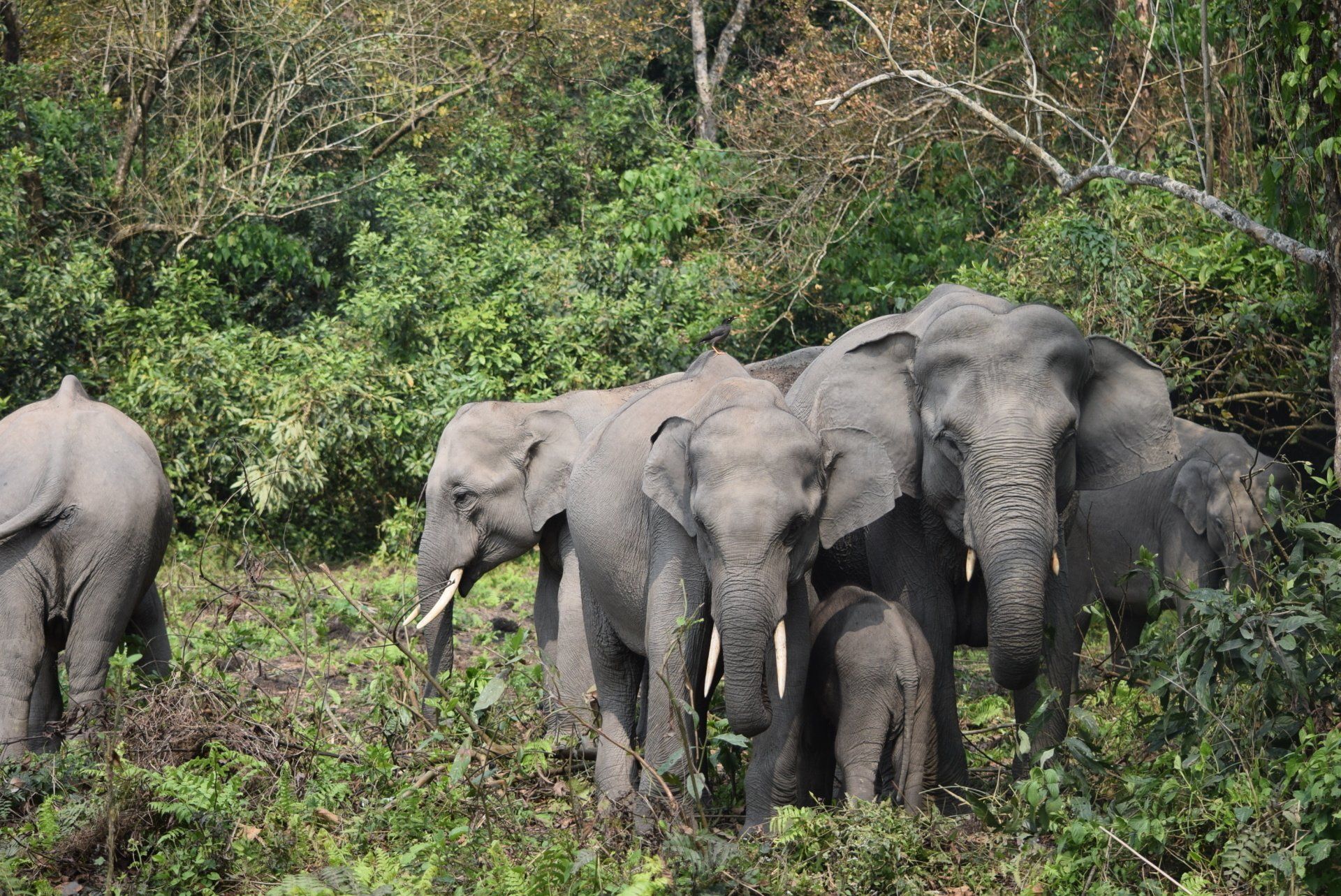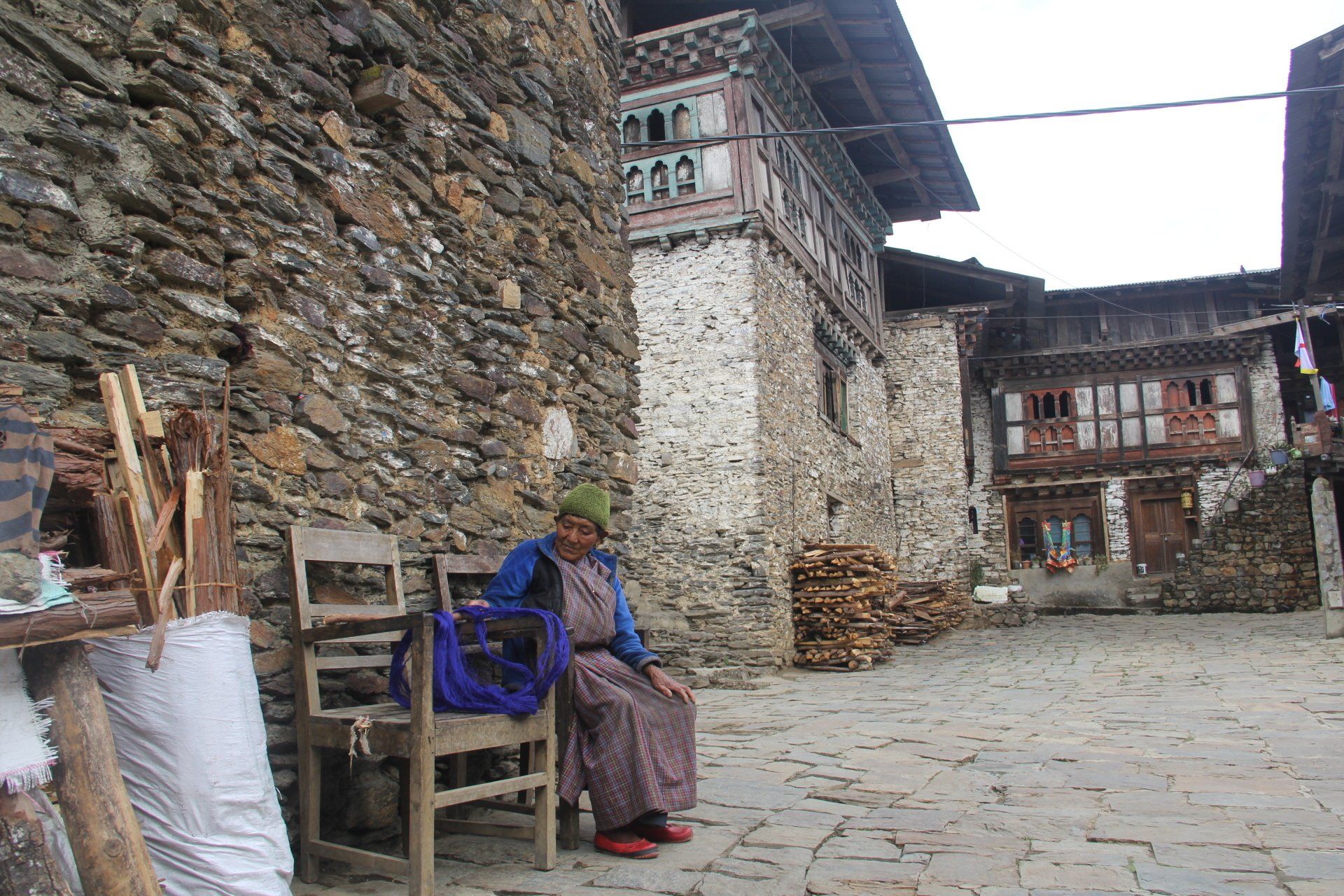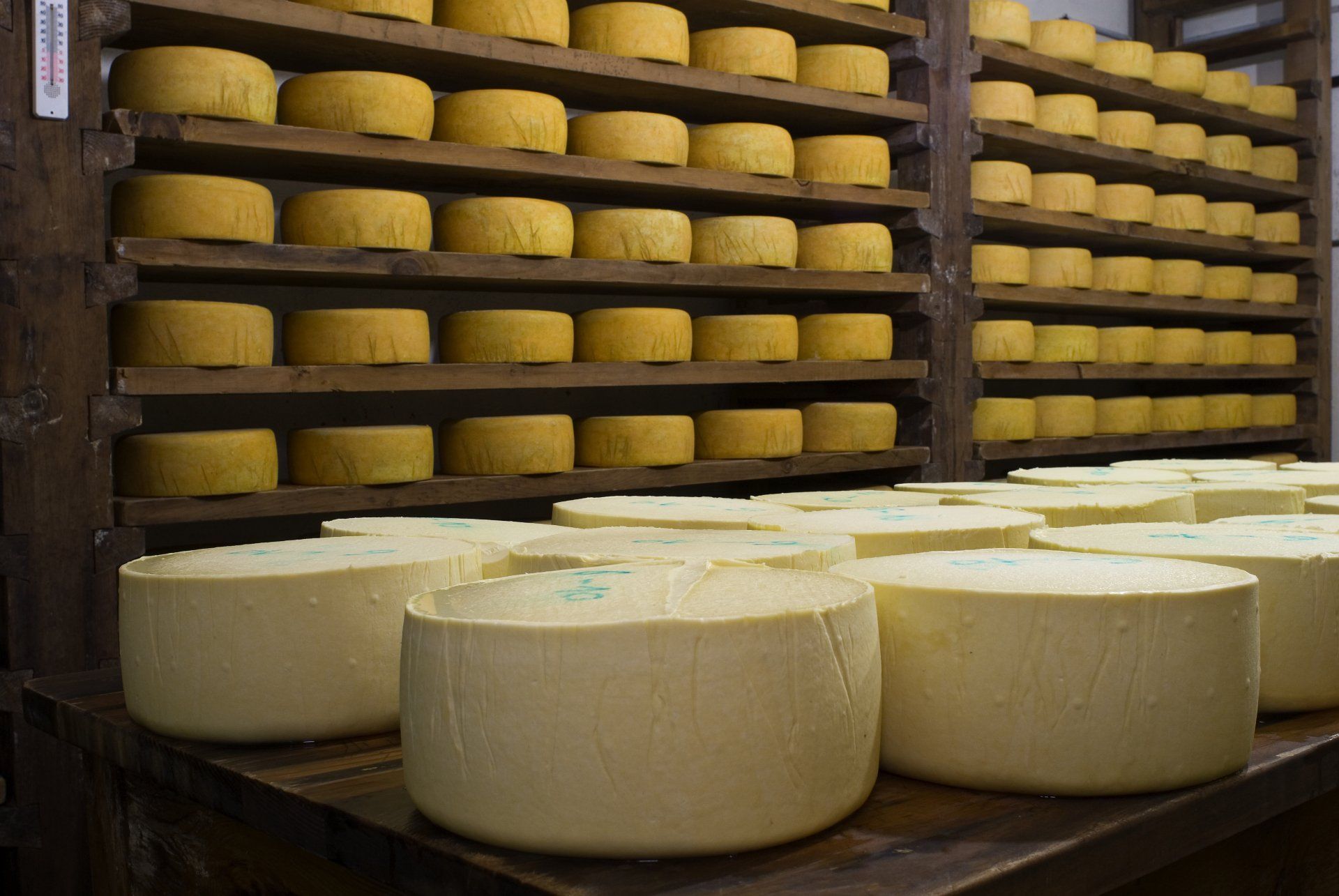When and Where to Trek in Bhutan?
Sonam Dendup • May 24, 2020
Seasons and Trekking in Bhutan
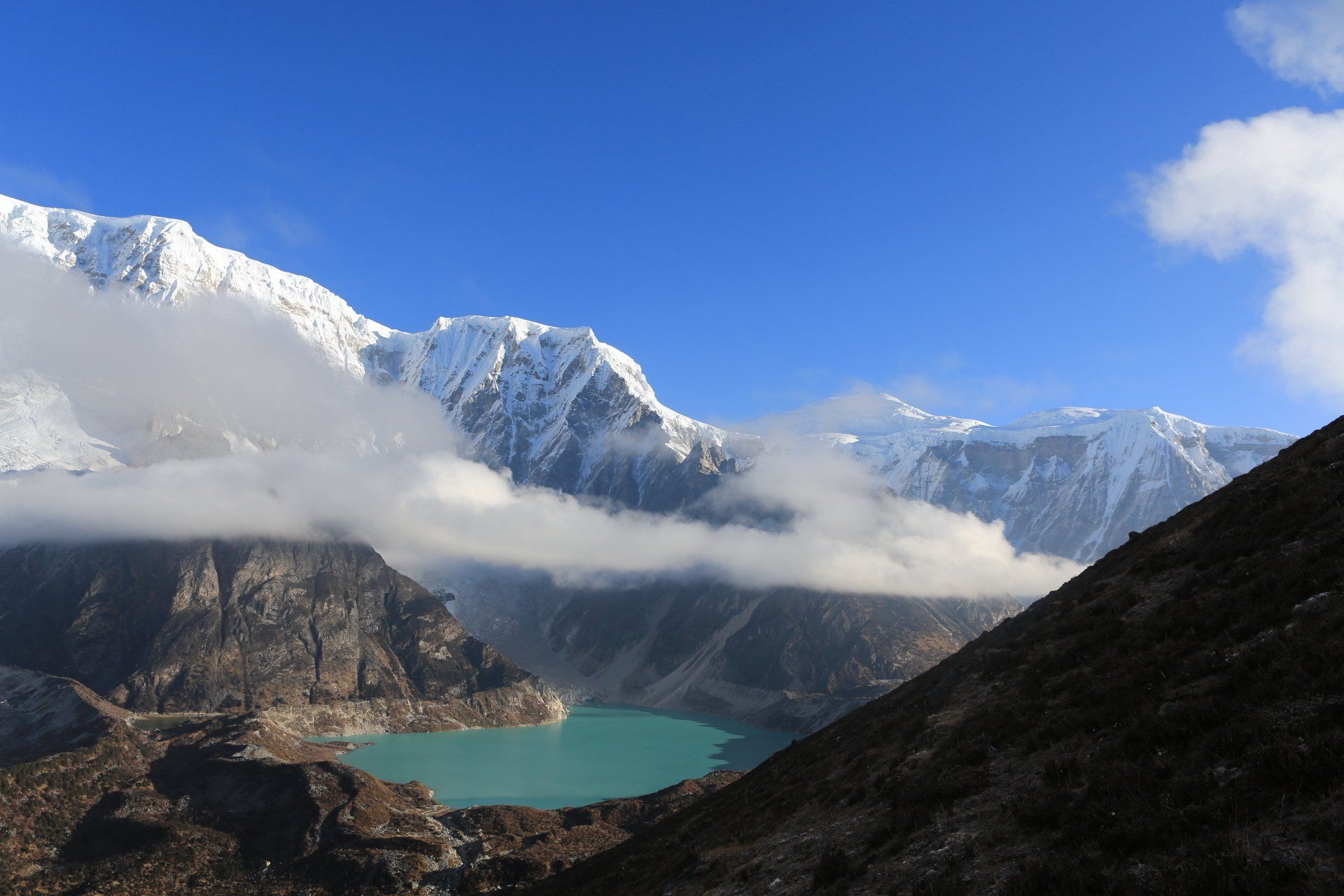
In the general, the climate in Bhutan is quite unpredictable due to the variation in the elevation and changing seasons. The southern foothills have a sub tropical climate with hot and humid monsoons, warm and pleasant winters. The central and higher alpine valleys have temperate weather, with pleasant summers and cold winters. The northern region of the country is above the tree line and most of the high
mountain passes are covered in snow throughout the year.
Bhutan enjoys all the four seasons in a year and Spring (March – May) and Autumn (September – November) are the best times to visit Bhutan. If you wish to see the rhododendron and wild flowers in full bloom in the central valleys which is a total delight then spring is the best time to visit and also trek. Autumn is the best time for trekking as the skies are clear and less chances of rain and snow. During winter (mid-November-February) the temperatures fall down but luckily the sky remains to be an azure delight which elevates the sight of the snow capped mountains to a new level.
This table shows you the most suitable times for trekking in Bhutan:
- Good: (***)
- Moderate: (*)
- Not good: (X)
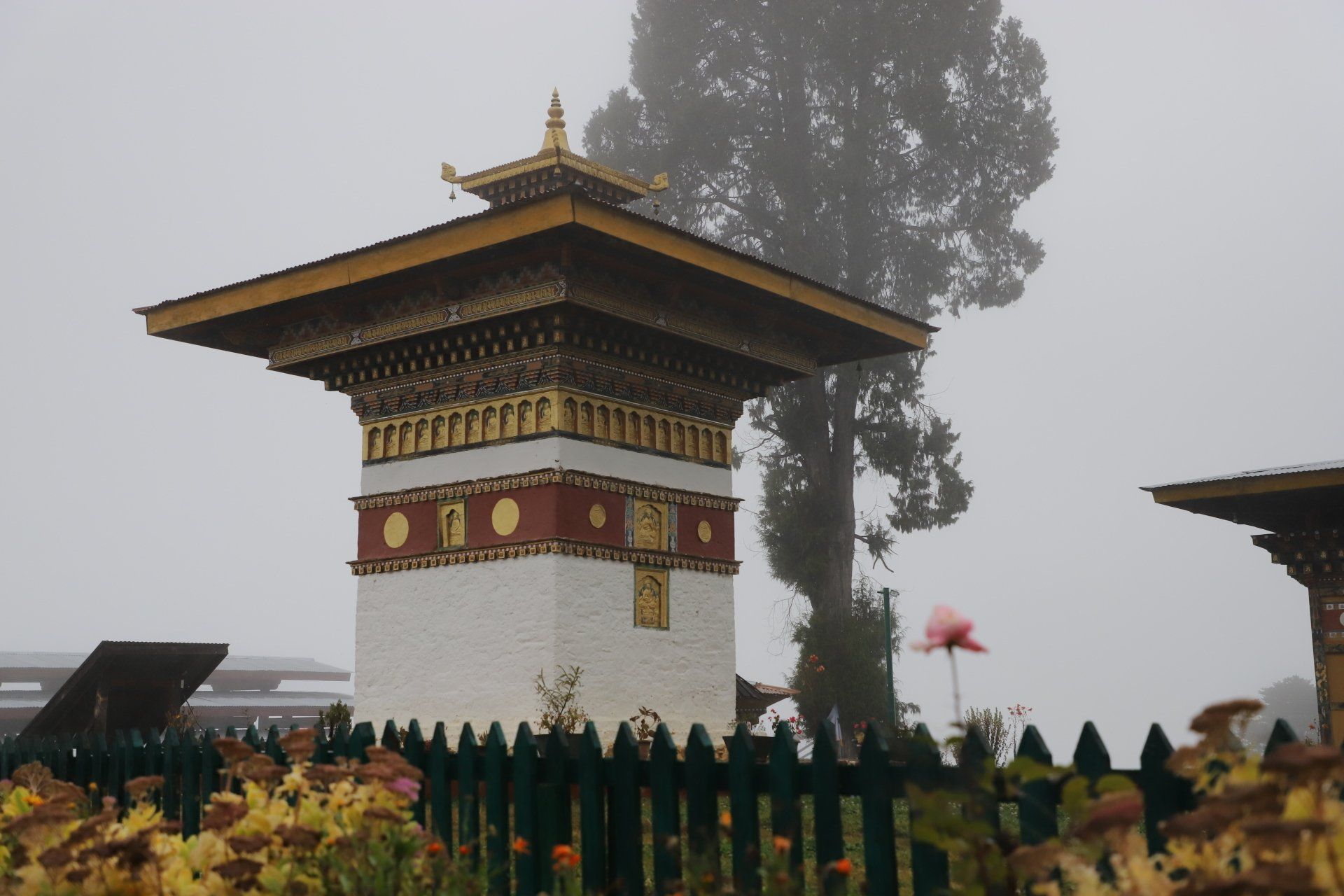
The view from there is the panoramic sight of almost all the tallest Himalayan Mountain of Bhutan like majestic Gangkar Puensum, formidable Table Mountain and Tiger Mountain. As it is located at the top, the view of the Himalayan ranges is better than anywhere in the area, even as compared to famous Dochula Pass.
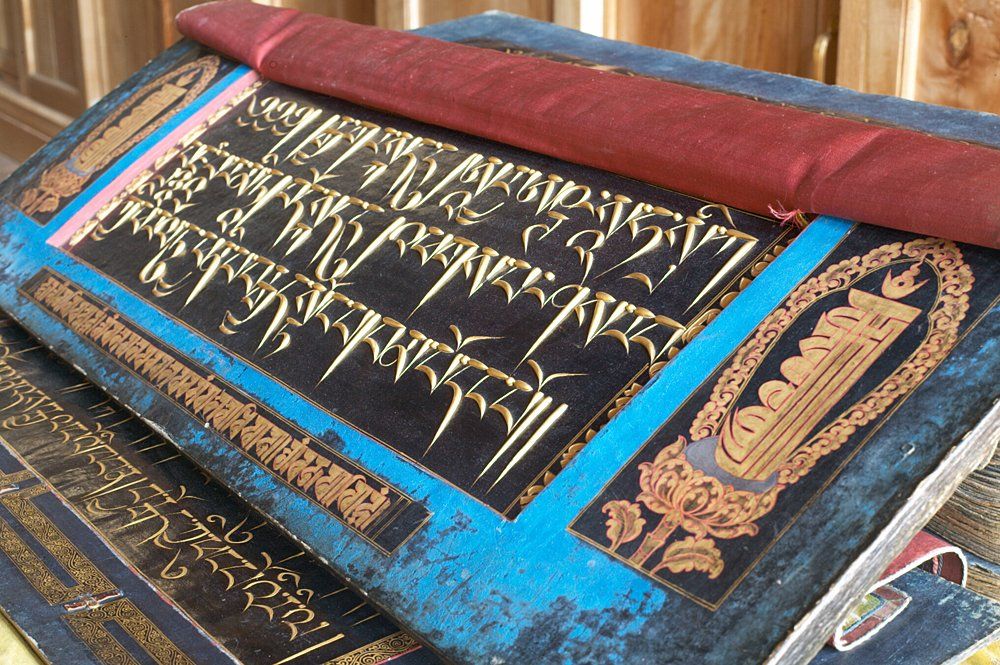
Clinging on a huge rock towards the north end of the Tang valley lies the Thowa Drak Hermitage just like the famed Tiger’s Nest Monastery in Paro. From the valley or road point it is a stiff 3 hours hike uphill through the serene and peaceful forest. Sweeping views of the Tang valley and the landscape can be enjoyed along the way with a bird’s eye view from the main site.
